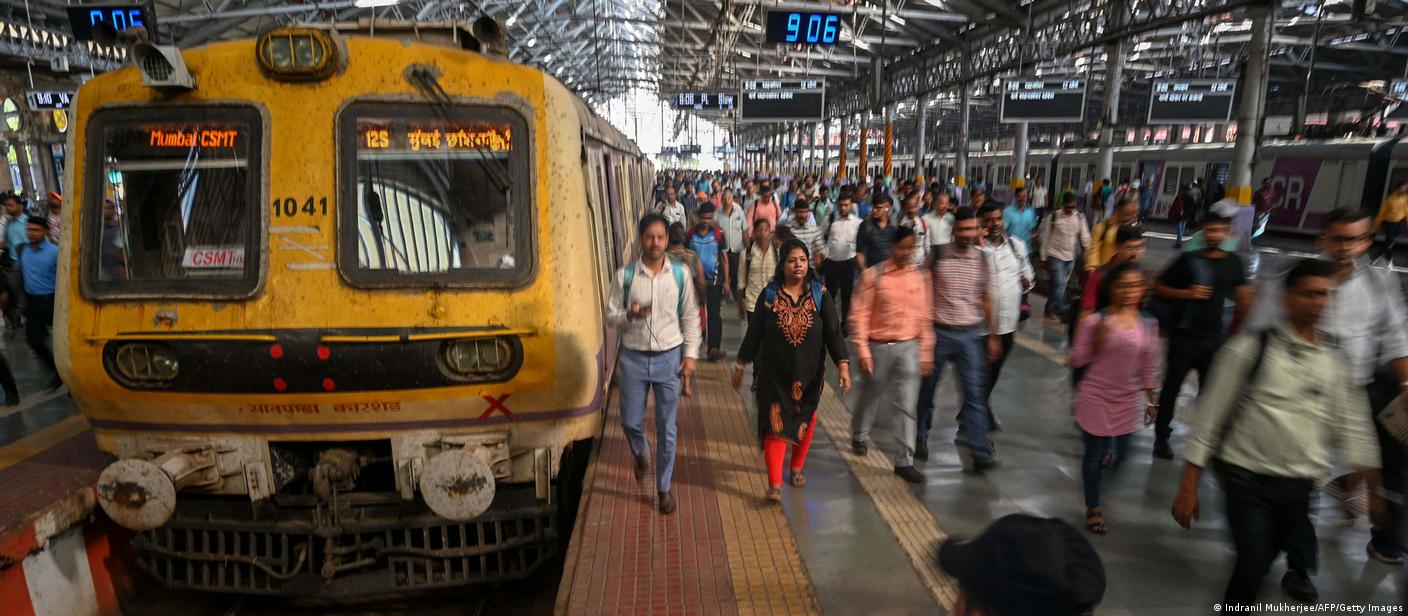 Online grocery stores (e-Grocers) like bigbasket.com, ekstop.com, localbanya.com and their likes, have come to the parade of the online shopping boom recently. Their success has caught the fancy of private equity investors too. Will there be a northward journey? The growth of any phenomenon needs to be viewed from economic perspectives. Cost versus benefits and convenience versus satisfaction; must be tested by gauging the associated disutility costs.
Online grocery stores (e-Grocers) like bigbasket.com, ekstop.com, localbanya.com and their likes, have come to the parade of the online shopping boom recently. Their success has caught the fancy of private equity investors too. Will there be a northward journey? The growth of any phenomenon needs to be viewed from economic perspectives. Cost versus benefits and convenience versus satisfaction; must be tested by gauging the associated disutility costs.
e-grocery shopping – Then and now
In the last decade, the Indian polity has been insulating the ‘mom and pop’ stores from competition by formulating policies that prevent FDI in organized retail. In the developed economies Wal-Mart, Tesco are bywords for grocery shopping. However Indian consumers are bereft of this experience, thanks to the FDI policy that prevents entry of these retail houses.
The objective is to insulate small kirana stores from onslaught of stiff competition. However this “protectionism” is now becoming irrelevant; these small pop and mom stores are facing competition from a new avatar – the online grocery shops, which are rapidly catching on. These online grocery stores are preparing themselves to provide cutting edge solutions in terms of time and place utility. Online purchasing experiences come with their own set of challenges.
Would the utility offered by online stores be marginalized? There is a growing trend of retail shopping shifting from brick and mortar shops to online. Retail is shifting from stores to e-commerce because only e-commerce has what is called the “long tail” – the ability to carry a virtually unlimited variety of product and offer this to the customer in the most remote locations at a price their local stores cannot compete with. E-commerce is a winner-takes-all game. As per one study by KPMG the country’s online retail market is expected to cross Rs 7,000 Crs by 2015. (Among the thriving ecommerce sale in various segments such as apparels, electronics, lifestyle, grocery retailing is just emerging as the latest kid on the block.
Grocery retailing has long been the most vital component of the household purchasing, both in terms of time spent and the frequency with which it is done. Grocery shopping spans numerous product categories ranging from fresh fruits and vegetables, daily necessities (like milk, bread etc.) staples, packaged foods to impulse purchases (like chocolates, variety of savouries etc) to specialty and special occasion products (like modaks at Ganpati). The bewildering array of purchases nibbles away anywhere from 30 to 50% of the household discretionary spend.
Now imagine if all these purchases are made on-line and Viola! – All the woes like crowded shops; lugging your stuff from one shop-to another; pay only cash etc all vanish. The utility is huge for working professionals and house wives a wide array of products, deep discounts and sales promotions of hypermarket and easy availability at far flung locations with doorstep delivery; COD, the online grocery shopping is now evolving.
The online retailers have their own share of challenges. The logistic constraint prevents these e-grocers to spread their operations to all cities. Consequently these retailers remain local and have presence in large metro cities. The complex and expensive supply chain makes retail margins low.
The sustainability of these e-grocers will depend on how well they are able to convince the customers of the utility of online shopping (measured in terms of convenience, deep discounts, assorted products, comfort of hassle free shopping, and online payments). This should outweigh the disutility a consumer perceives by not experiencing the touch and feel need. The disutility of online grocery shopping emanates from the fact that unlike other online purchasing categories, perishable products like groceries cannot be standardized.
Assessing the quality of these products is challenging. Any variations to the products; change of pack size, freshness and quality may leads to customer dissatisfaction. Returning of the product can be cumbersome and time consuming. These disutility costs” play a critical role in shaping customer expectations of online grocery shopping. They can have a sustainable impact on customer decision to migrate from off line to online grocery store.
Theoretical research has explored consumers choice of channel in commodity markets, modeling the decision as a tradeoff between these fixed disutility costs and utility from the lower search costs, convenience deep discounts (Chris Forma Ghose and Goldfarb2006)
Although online grocery shopping seems to have caught the fancy of net savvy Indian consumers for instance bigbasket.com has already reached one million orders in a short span of time. Surely the online-grocers have made a great beginning, but they still have to pass the litmus test of meeting expectations of customer on a sustained basis. The Indian consumer needless to say is getting pampered and spoilt for choices as more and more options are in the offing.
What needs to be watched carefully is how the disutility costs creep in consumer behavior while choosing the online route. The challenge for the online-grocer would to innovate constantly to stay ahead of the consumer expectations.
![]()
Prof. Sarika Rachuri
Sarika Rachuri is a faculty in Economics with IBS Mumbai. She has 16 years of varied experience in academics, research, training and consultancy….more
![]()
Prof.Hemant Purandare
Hemant Purandare is the Dean, Academics of IBS Mumbai. Area of expertise – Marketing and Service Management….more

